TABLE 15-5
What are the factors that determine the acceleration time (in sec.) from 0 to 60 miles per hour of a car? Data on the following variables for 171 different vehicle models were collected:
Accel Time: Acceleration time in sec.
Cargo Vol: Cargo volume in cu. ft.
HP: Horsepower
MPG: Miles per gallon
SUV: 1 if the vehicle model is an SUV with Coupe as the base when SUV and Sedan are both 0
Sedan: 1 if the vehicle model is a sedan with Coupe as the base when SUV and Sedan are both 0
The regression results using acceleration time as the dependent variable and the remaining variables as the independent variables are presented below.
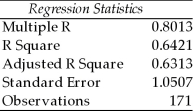 ANOVA
ANOVA

 The various residual plots are as shown below.
The various residual plots are as shown below.
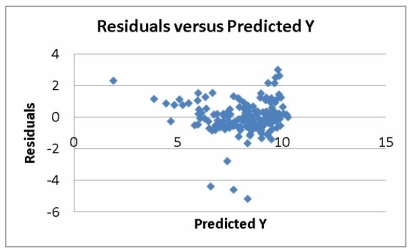
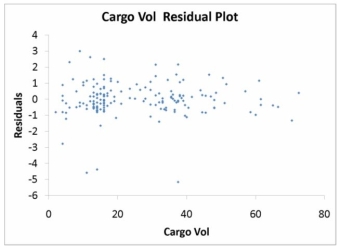
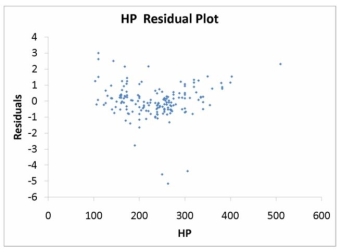
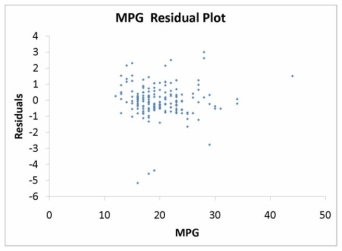
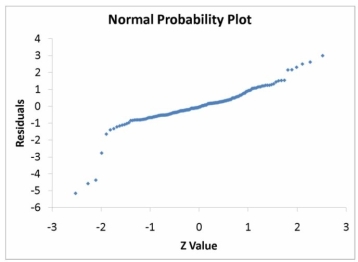 The coefficient of partial determination (
The coefficient of partial determination (  ) of each of the 5 predictors are, respectively, 0.0380, 0.4376, 0.0248, 0.0188, and 0.0312.
) of each of the 5 predictors are, respectively, 0.0380, 0.4376, 0.0248, 0.0188, and 0.0312.
The coefficient of multiple determination for the regression model using each of the 5 variables as the dependent variable and all other X variables as independent variables (  ) are, respectively, 0.7461, 0.5676, 0.6764, 0.8582, 0.6632.
) are, respectively, 0.7461, 0.5676, 0.6764, 0.8582, 0.6632.
-Referring to Table 15-5, there is enough evidence to conclude that Cargo Vol makes a significant contribution to the regression model in the presence of the other independent variables at a 5% level of significance.
Definitions:
Ketones
Organic compounds characterized by a carbonyl group (C=O) bonded to two carbon atoms.
Imines
Chemical compounds characterized by the presence of a carbon-nitrogen double bond, with the nitrogen atom connected to a hydrogen atom or an organic radical.
Reaction
A process in which substances interact to form one or more new substances, characterized by changes in chemical or physical properties.
Q8: Many phylogenetic trees are based on DNA
Q16: The fact that a single signal- receptor
Q30: Referring to Table 14-15, we can conclude
Q34: Over the past several decades, natural selection
Q63: The Y-intercept (b<sub>0</sub>) represents the<br>A) predicted value
Q127: Referring to Table 13-2, what is the
Q156: Referring to Table 14-3, the p-value for
Q168: Referring to Table 13-5, the prediction for
Q174: Referring to Table 13-4, suppose the managers
Q210: Referring to Table 14-1, if an employee